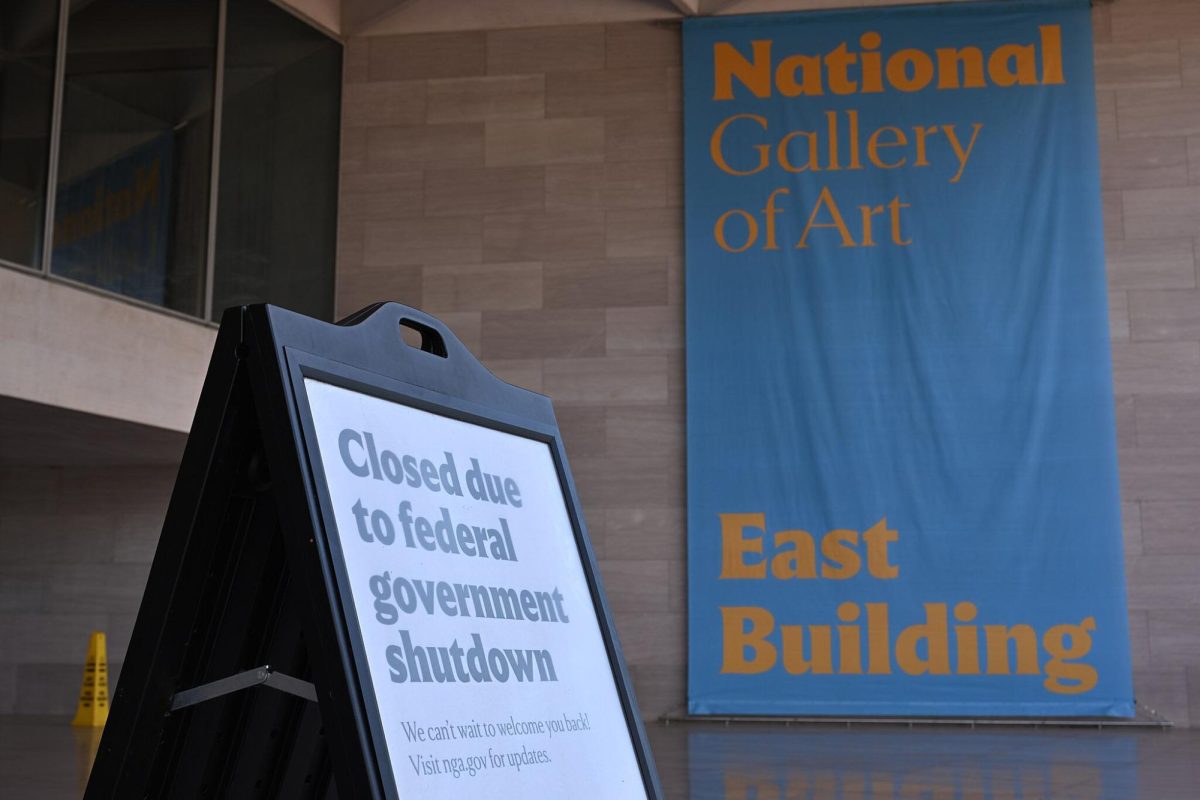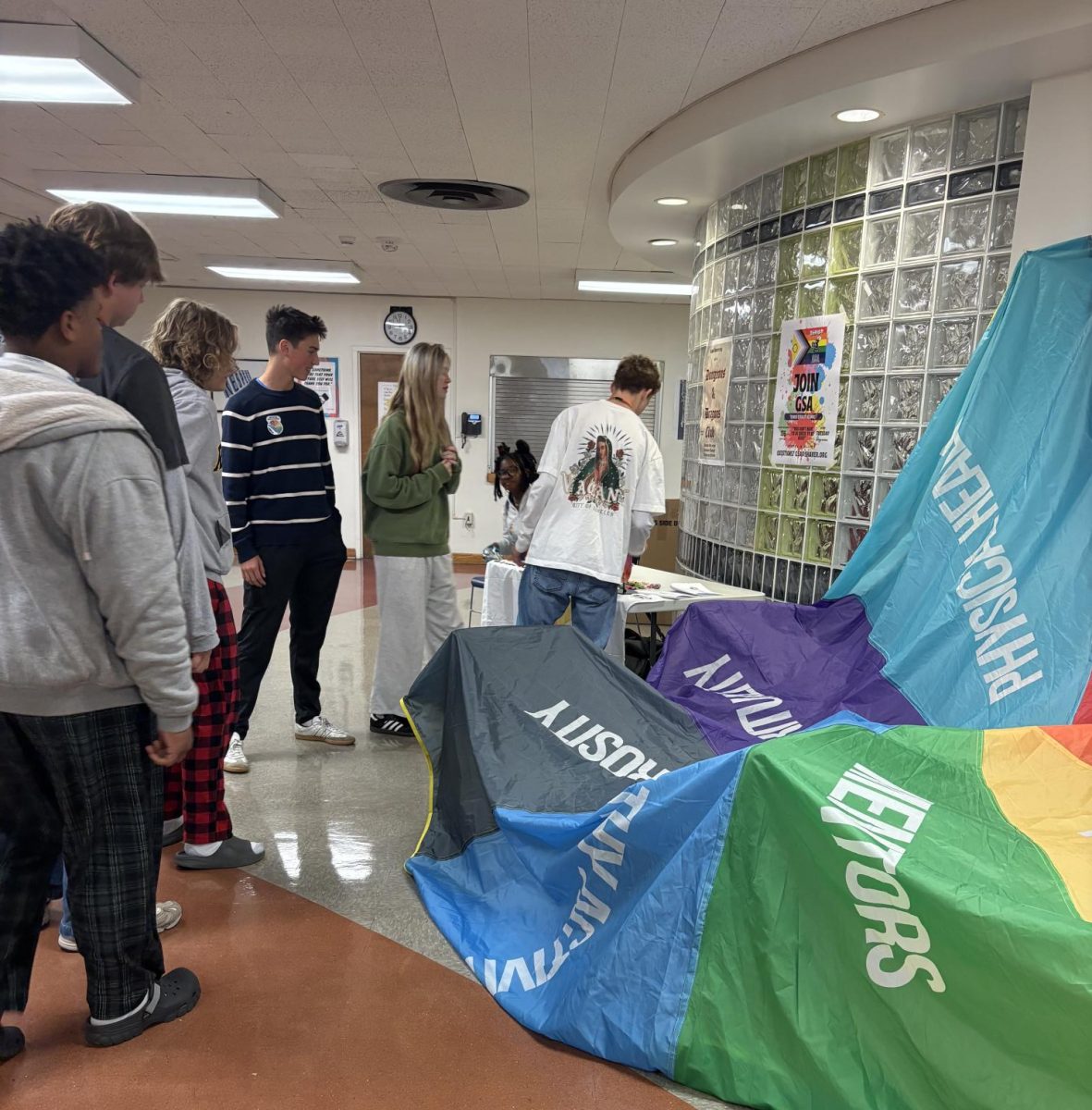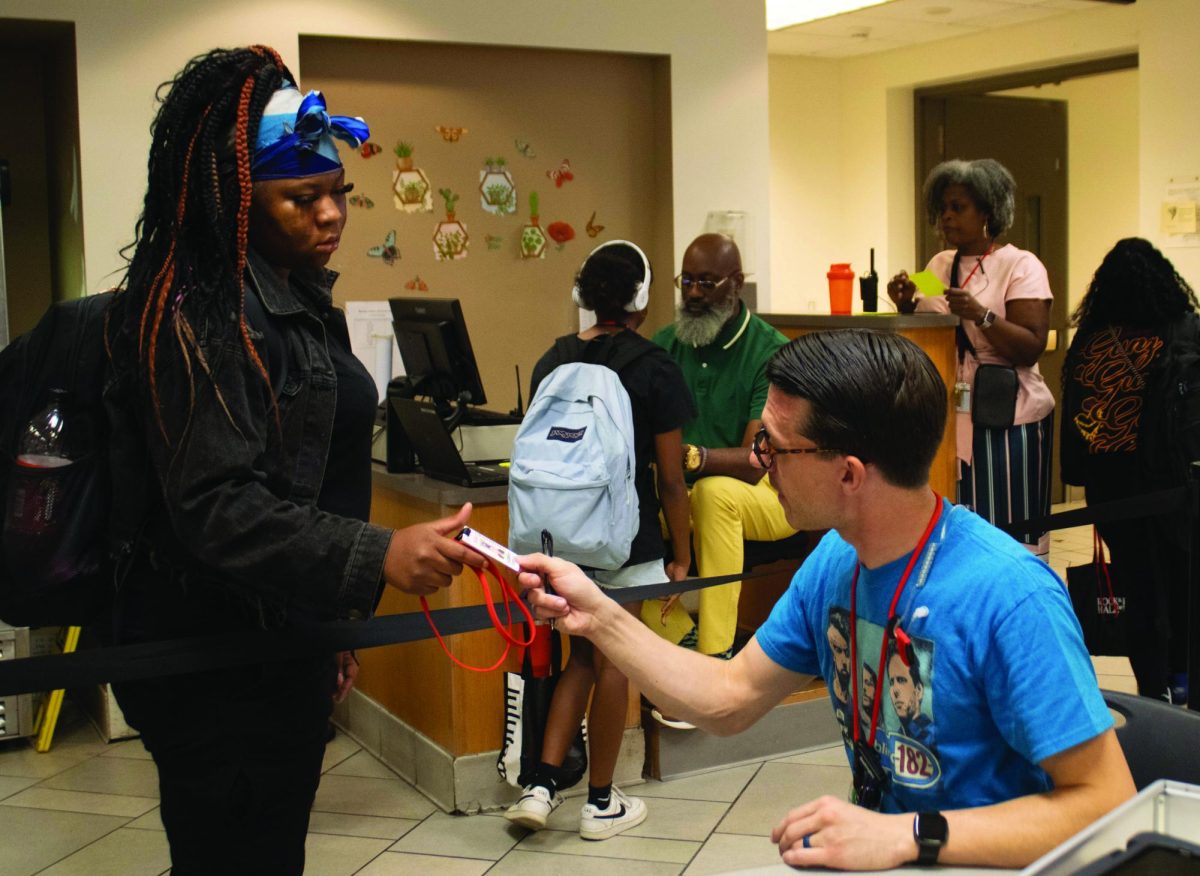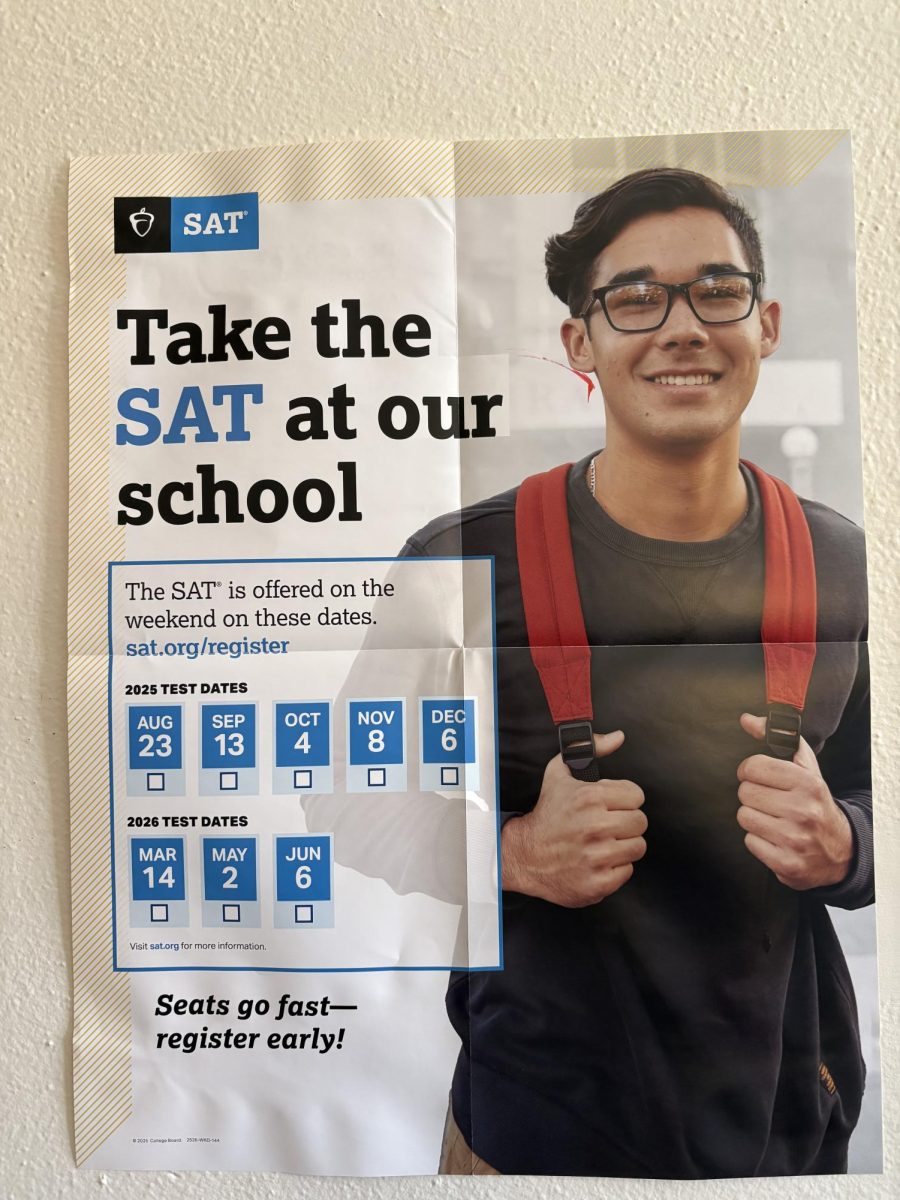Picture this: you’re sitting in class having a discussion when something comes up that needs to be looked up. The teacher announces: “Everyone, pull out your phones!”
Such a scene is hard to imagine in any school, let alone Shaker. But with the introduction of a new wireless network, it just may become a reality in your classroom.
Before this year, students would likely only be asked to put away their cell phones, not take them out. However, with the introduction of an easily accessible wireless network to the high school, phones, laptops, iPads and other devices are more frequently being integrated into classrooms. Students can use educational apps, type notes, look up definitions and record teachers’ lectures if they desire.
Shaker’s decision to install a wireless network reflects the new direction education is taking concerning improved technology. It’s quite possible that in the next several years, textbooks will be on tablets, making heavy, hardback copies obsolete. One can only imagine the type of technology that our own children will use in school as innovations become more and more fantastic.
While having the entire Internet available to students as a learning tool can be incredibly helpful, it’s only a matter of time before students find ways to misuse the technology. Who could resist checking Twitter when your teacher isn’t going to penalize you for having a phone out? The district’s network blocks popular apps such as Facebook and Instagram, but it won’t take long for students to find ways around the restrictions. Students with 3G internet access already have the ability to use their smartphones without restriction.
Despite these possibilities, economics teacher Elizabeth Plautz still endorses the idea of using personal technology in her classroom. “I would be OK with that as long as [the students] were on-task,” Plautz said. “However, that’s my opinion. Other teachers may be different. The important thing is that we have autonomy.” Plautz said that if she were to catch a student doing something other than class work on a phone or computer, she would “operate on a one-strike policy.”
The other problem that may result from increased use of technology is the danger of having so many expensive gadgets at school on a regular basis. Having these devices out so often could lead to the theft of someone’s laptop, smartphone or iPad.
Junior Josh Payne doesn’t plan to bring expensive devices to school. He said, “It’s not that I distrust most of the kids at Shaker, it’s just the select few I think might spoil it for the rest. I would never bring a device any bigger than a cell phone.”
“I have heard of many people having stuff stolen from their backpacks in locker rooms and stuff like that. I have learned that if there’s anything of value or importance to keep it on me,” Payne said.
Sophomore Ellen Walsh sees the problem with thefts, but trusts herself to hold onto her belongings. “I think it could be unsafe for people to bring them to school because you don’t know what some people are like,” Walsh said. “I would bring my laptop to school because I’d keep it with me all day or put it in my locker.”
Assistant Principal Eric Hutchinson said he has high expectations for Shaker students concerning one another’s belongings. He said, “As someone who believes is young people, I am hoping that our student body rises to the challenge by demonstrating respect for one another’s personal property.”
A version of this article appeared in print on 19 September 2012, on page 10 of the Shakerite






